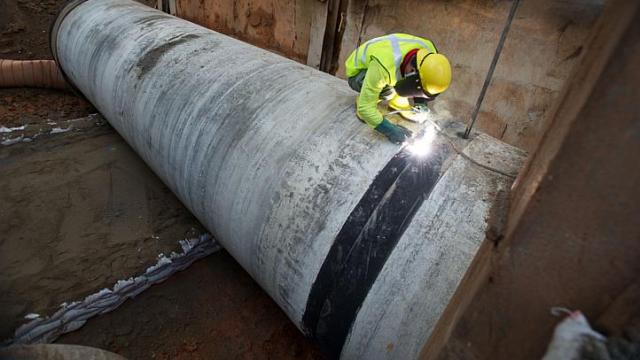
Asit K. Biswas and Cecilia Tortajada
THE STRAITS TIMES | June 16, 2015
Today and tomorrow, about 300 leaders of major utilities from all over the world will be meeting here for the inaugural Singapore International Water Week Technology and Innovation Summit -and it is timely to look at what Singapore has achieved, and also at the likely challenges over the next 25 years.
Singapore does not have a long history of urban water management. In 1857, a philanthropist, Tan Kim Seng, donated $13,000 for the construction of its initial waterworks and a piped water system. The first reservoir was built in 1868 and later expanded in 1891. The expansion was overseen by the city’s municipal engineer, James MacRitchie, and the reservoir now bears his name. MacRitchie also proposed that night soil be collected and disposed of in the sea. Fortunately it was never implemented because of tidal conditions.
The history of urban water management in Singapore was nothing spectacular until 1965 when Singapore became independent and the architect of modern Singapore, Mr Lee Kuan Yew, took a special interest in water. Mr Lee decided that water was a strategic and existential issue for Singapore and thus must receive high priority. This decision was based on two events.
In 1942, the British blew a gap in the Causeway to slow down the Japanese advance. This meant that Singapore’s main source, the pipe carrying water from Johor that was under it, was ruptured. Singapore then had only two reservoirs and two weeks’ supply of water. The Japanese crossed the Johor Strait in collapsible boats to take over Singapore. The vulnerability of Singapore in terms of water made a profound impression on Mr Lee.
The second event occurred in 1965. The then-British High Commissioner, Anthony Head, told Mr Lee that the Malaysian Prime Minister had told him: “If Singapore’s foreign policy was prejudicial to Malaysia’s interests, they could always bring pressure to bear on them by threatening to turn off the water in Johor.”
These two events shaped Mr Lee’s lifelong view of the strategic importance of water. He immediately asked for an estimate of how much rain fell in Singapore and how much of it could be made potable. He established a unit in his office which assessed all government policies through the lens of water. As he noted: “Every policy had to bend to the knees of our water survival.”
There is no question that the past and present performance of the national water agency, PUB, has been remarkable. The question then arises: What about the future?
For the PUB -which is organising this week’s water summit- many of the national decisions will be outside its purview.
Among these will be population growth, types of economic growth and nature of industries that the country may emphasise, including their water use and wastewater discharge requirements, and societal perceptions, aspirations and expectations.
But two issues are important: consumption of water, and its price. Both are related.
First, per capita water consumption in a country that now imports nearly half of its water from Johor, at 150 litres, is simply too high. The current target of reducing it to 147 litres by 2020 and 140 litres by 2030 is too modest.
Per capita water consumption in many European cities like Berlin, Barcelona, Hamburg or Munich is lower than what Singapore has targeted for 2030. In fact, Hamburg, in 2008, had a per capita consumption of 105 litres.
A significant part of reduction in these European cities has been through water pricing. Singapore’s water pricing has remained the same since 2000. In much of the Western world, water prices have been increasing at a higher rate than inflation.
In contrast, in Singapore, water prices last year were 25.5 per cent lower in real terms compared with 2000.
The median monthly household income for employed households has increased from $4,398 in 2000 to $8,292 last year. Assuming a household uses 20 cubic metres of water, the total water cost has fallen from 0.69 per cent of income in 2000 to 0.36 per cent at present.
In contrast, electricity and gas prices in real terms have increased by 3.64 per cent and 2.94 per cent respectively. If water prices were indexed to inflation, per capita water consumption may have been quite a bit lower than what it is at present. However, having kept water prices constant since 2000, it will be socially and politically difficult to increase water prices in the future.
The PUB has been an extraordinarily competent organisation. It has very successfully dealt with the past water problems. We are optimistic that it will be ready to meet the future water challenges of Singapore.
The first writer, a leading authority on environmental and water policy, is Distinguished Visiting Professor at the Lee Kuan Yew School of Public Policy at the National University of Singapore. The second writer is a senior research fellow there. Both are co-founders of the Third World Centre for Water Management, Mexico.
Source: http://bit.ly/1eob9X7